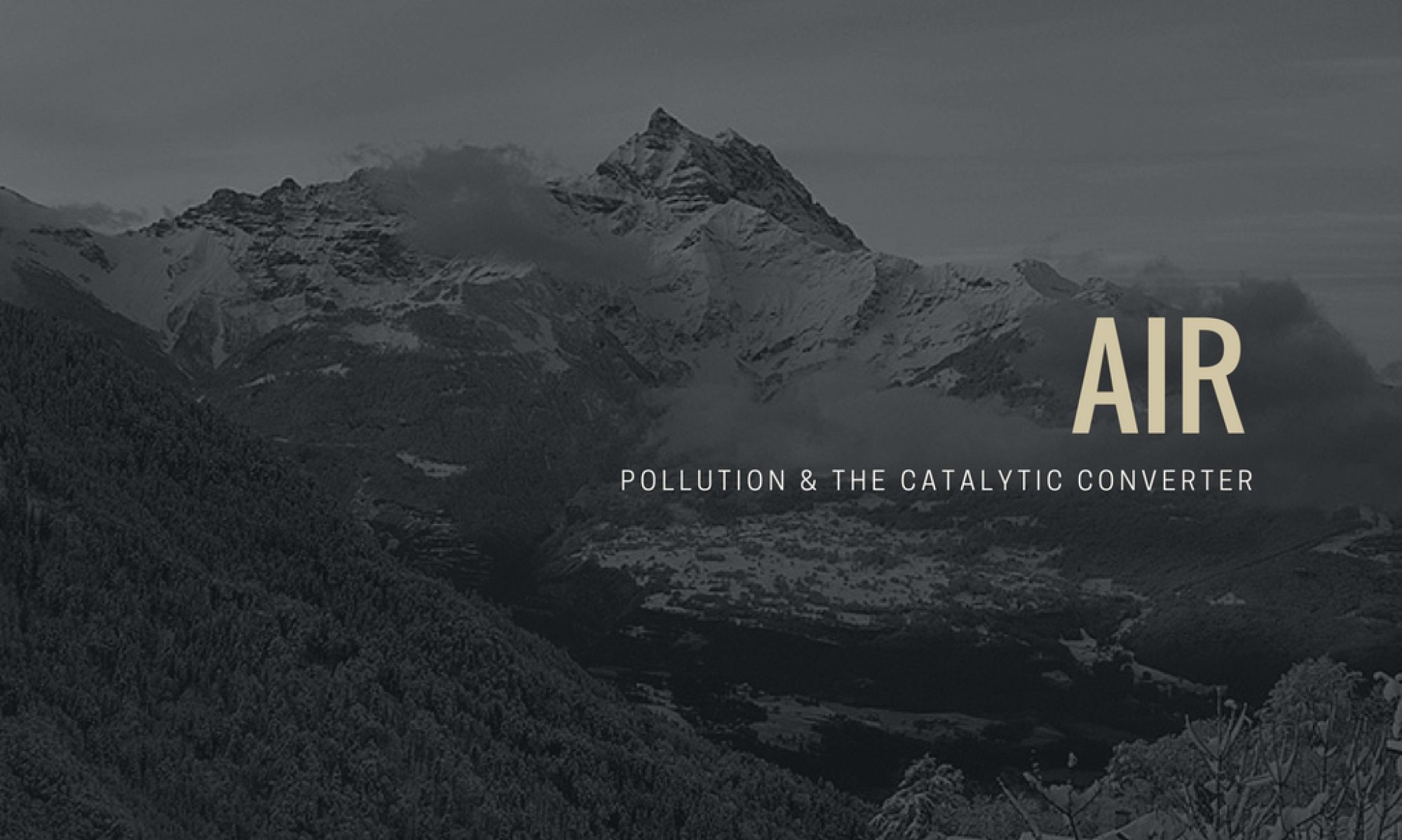1. Styrofoam contains pores which traps air within them. Once styrofoam is dissolved in acetone, the trapped air are released and therefore, large amount of styrofoam is able to dissolve in small amounts of acetone. However, the dissolved styrofoam remains in the acetone mixture. Hence, after the removal of acetone, the solid obtained is the solid itself and of higher density.
2a. The more branching it has, the higher cross-linking will lead to a stiffer material which will not be flexible. When the LDPE is stretched, the material narrows and necks down. The molecules align parallel to each other and in the direction of pull. The alteration is non-reversible and the material will break if the pulling continues. Hence, this is not very ideal for glove lining as LDPE does not have the desired strength.
2b. HDPE on the other hand is much harder and stronger than LDPE. Also, the weak extensive dispersion forces in HDPE allows the molecules to slip past one another and thus allow the material to stretch for a considerable length without breaking.
3. No, the same thing will not happen to paper. The weak but extensive dispersion forces in plastic also allow the molecules to slip pass one another allowing the plastic to stretch and neck. This alteration of the three-dimensional structure is not reversible, and if the pulling continues, the plastic breaks. Whereas for paper, it is made from cellulose. As cellulose is a rigid molecule, they are unable to slide pass each other and hence, the molecule are not free to become align with each other and thus, they are less flexible as compared to plastic.
4a. The four properties are: (1) non-toxic (2) non-immunogenicity (3) low-cost (4) degradability.
4b. For soft contact lenses, Silicon Hydrogel are used. For hard contacts lenses, polymethyl methacrylate (PMMA or Perspex/Plexiglas) are used. The desirable properties of contact lenses are durability, transparency and inert to chemicals on the eye surface. The lenses have to be non-toxic, comfortable and must be able to fit the shape of the eye.
4c. Hard contact lenses made of PPMA are usually rigid and non-permeable to gases whereas soft contact lenses are hydrophilic and has high oxygen permeability and flexible, making it more comfortable.

